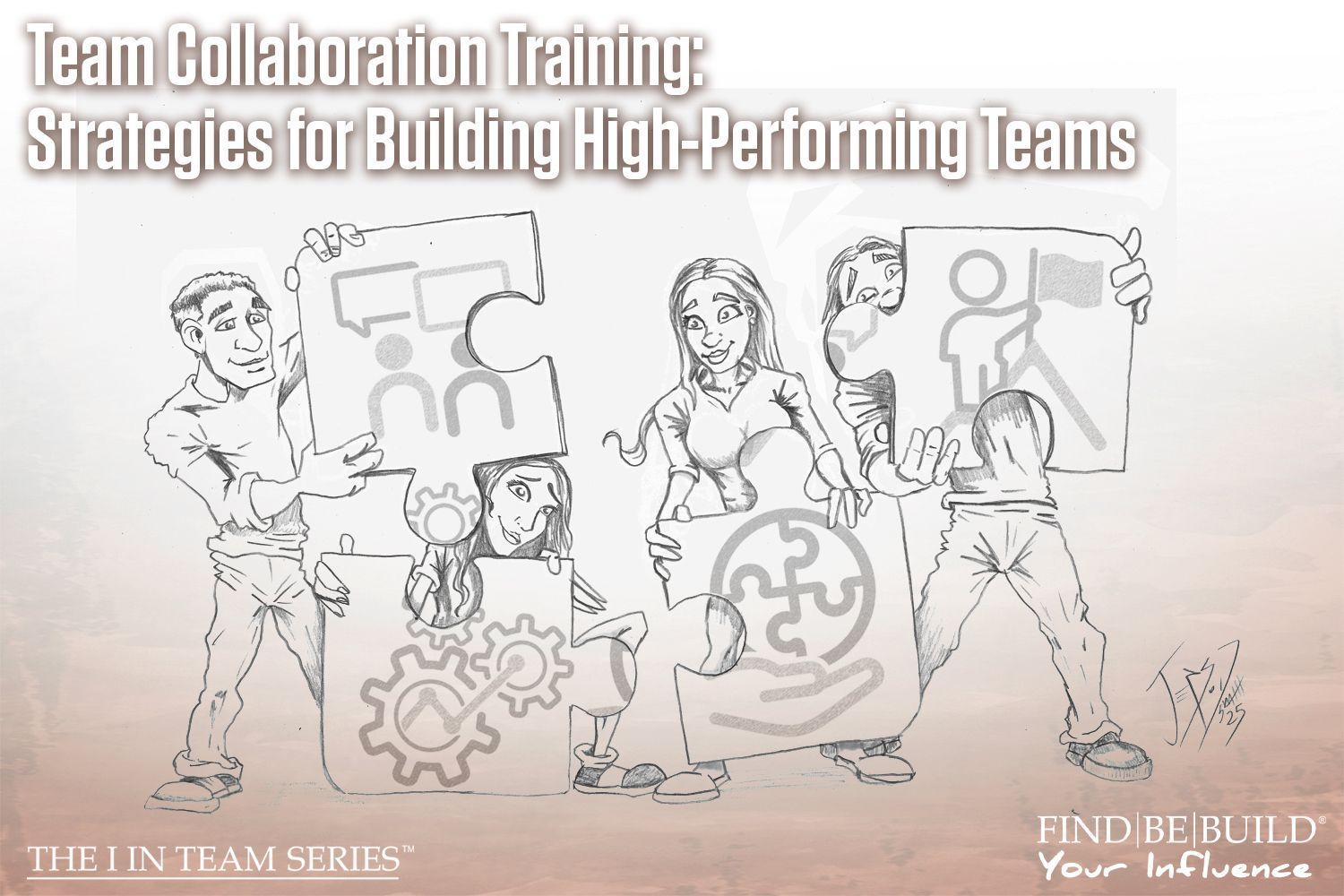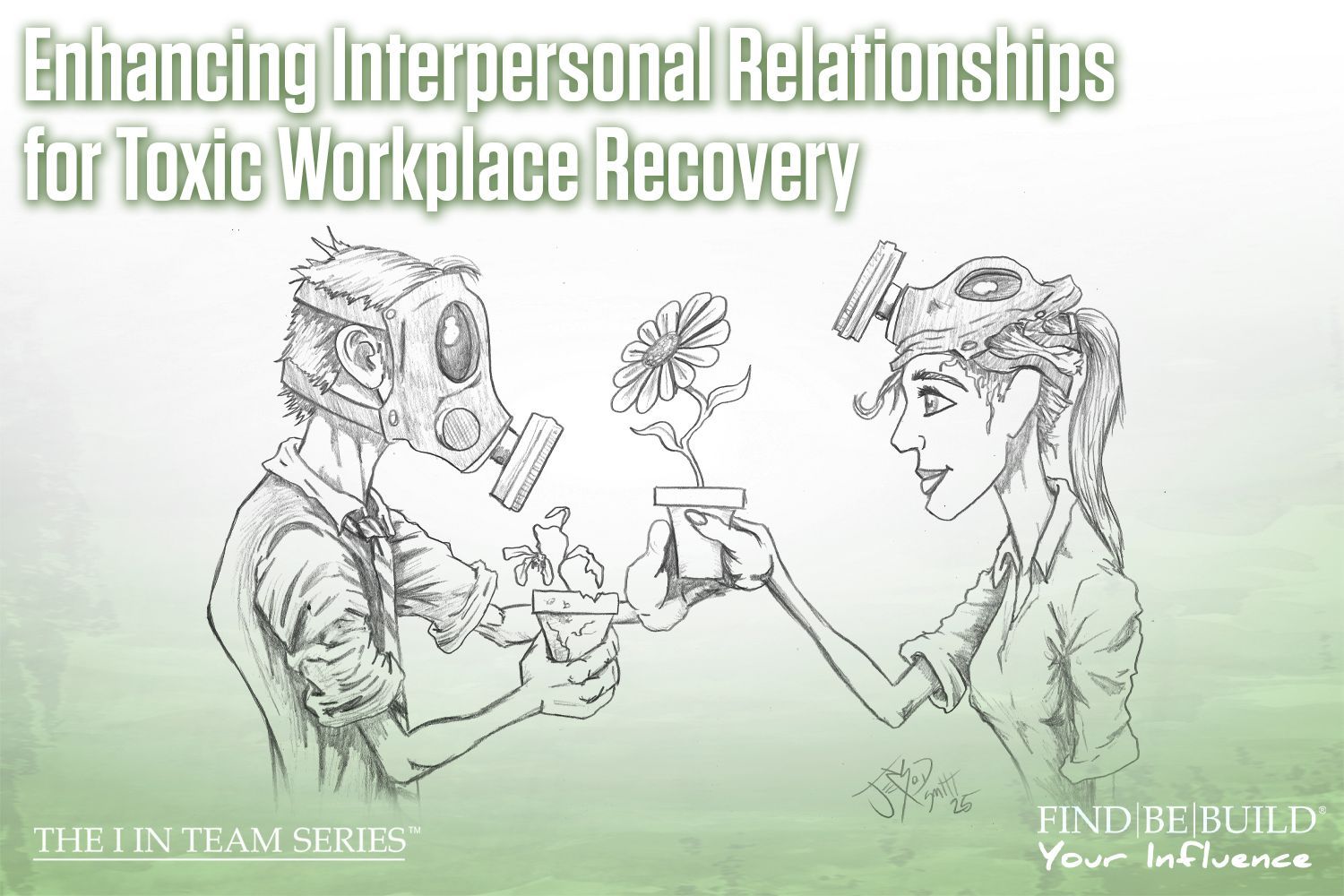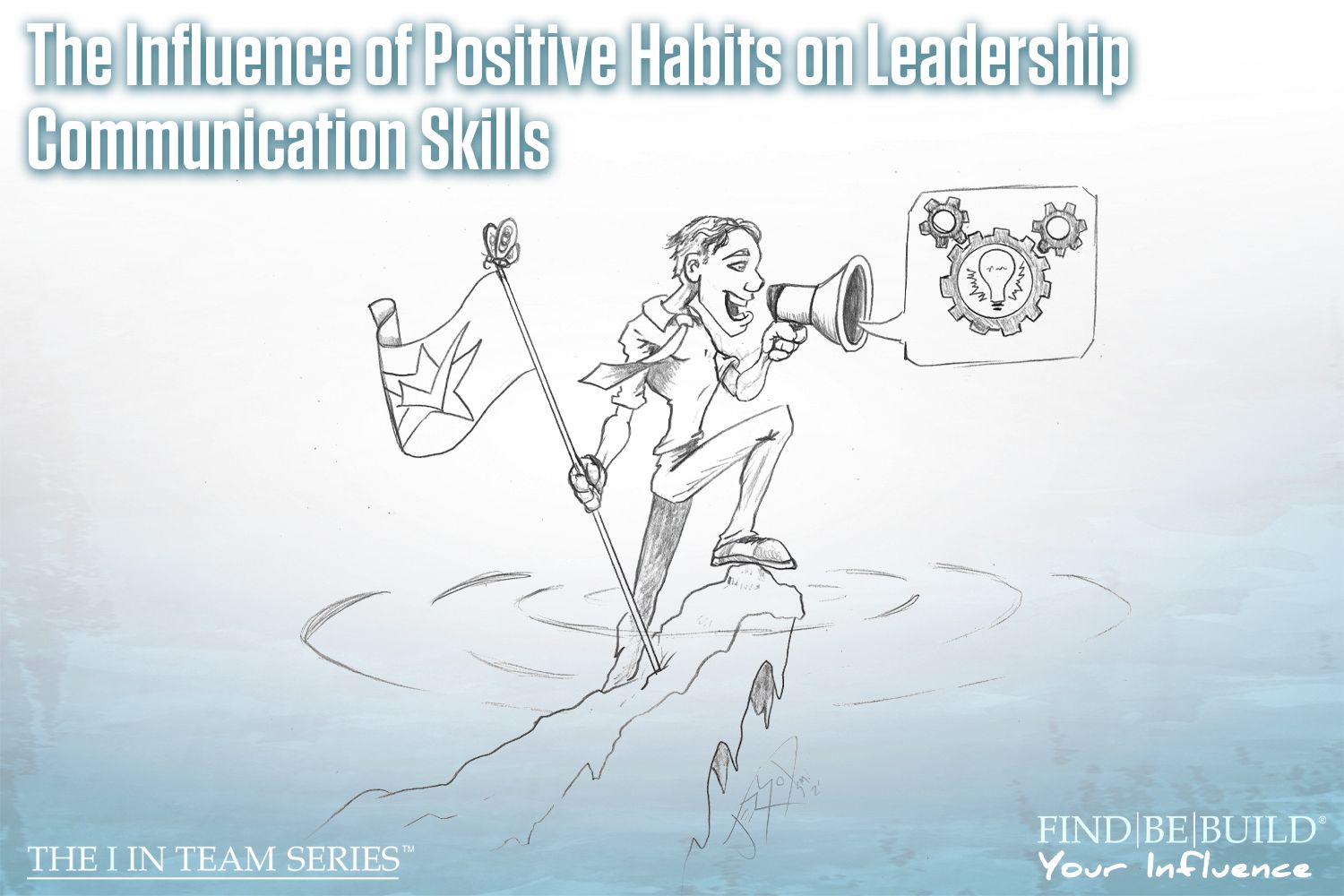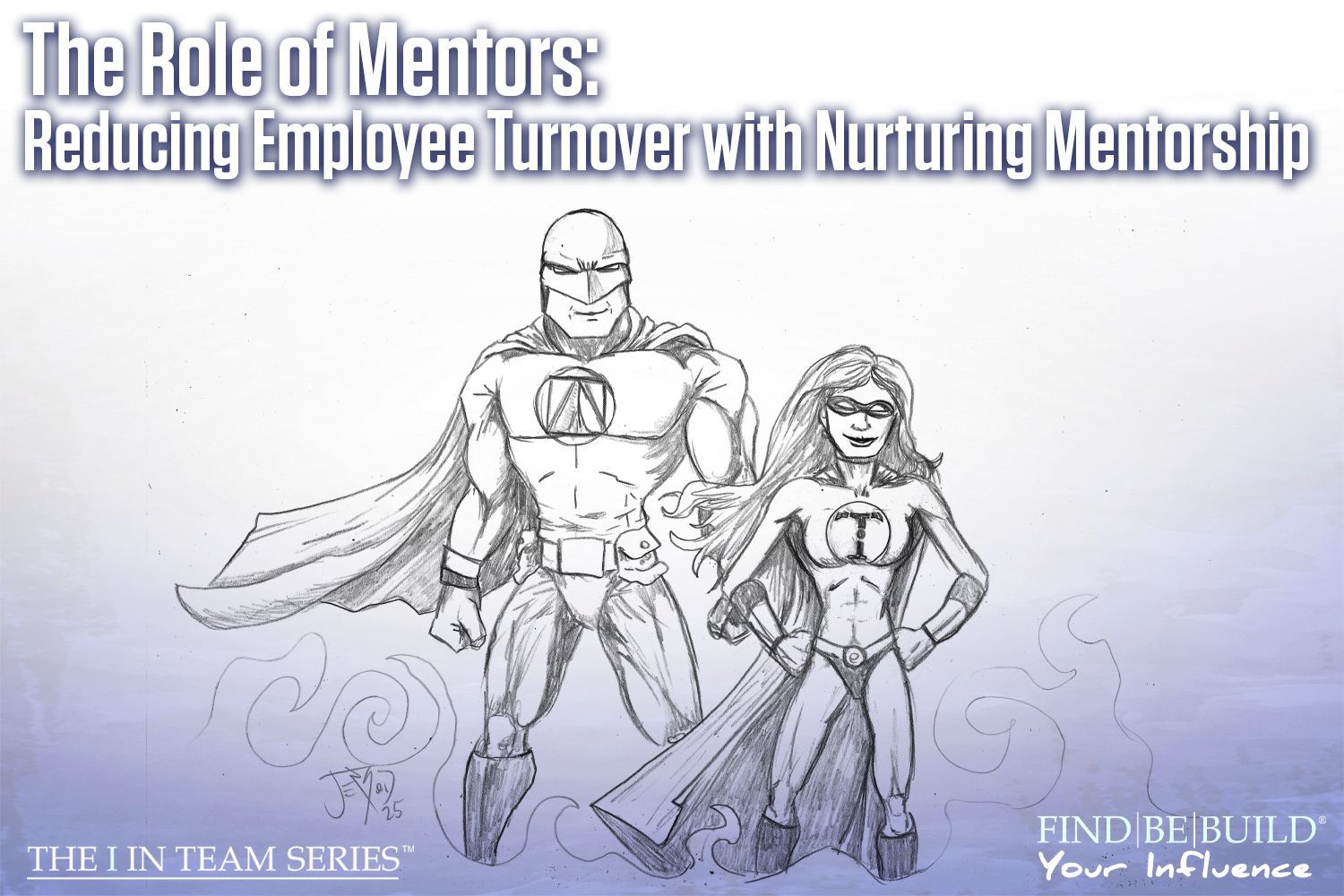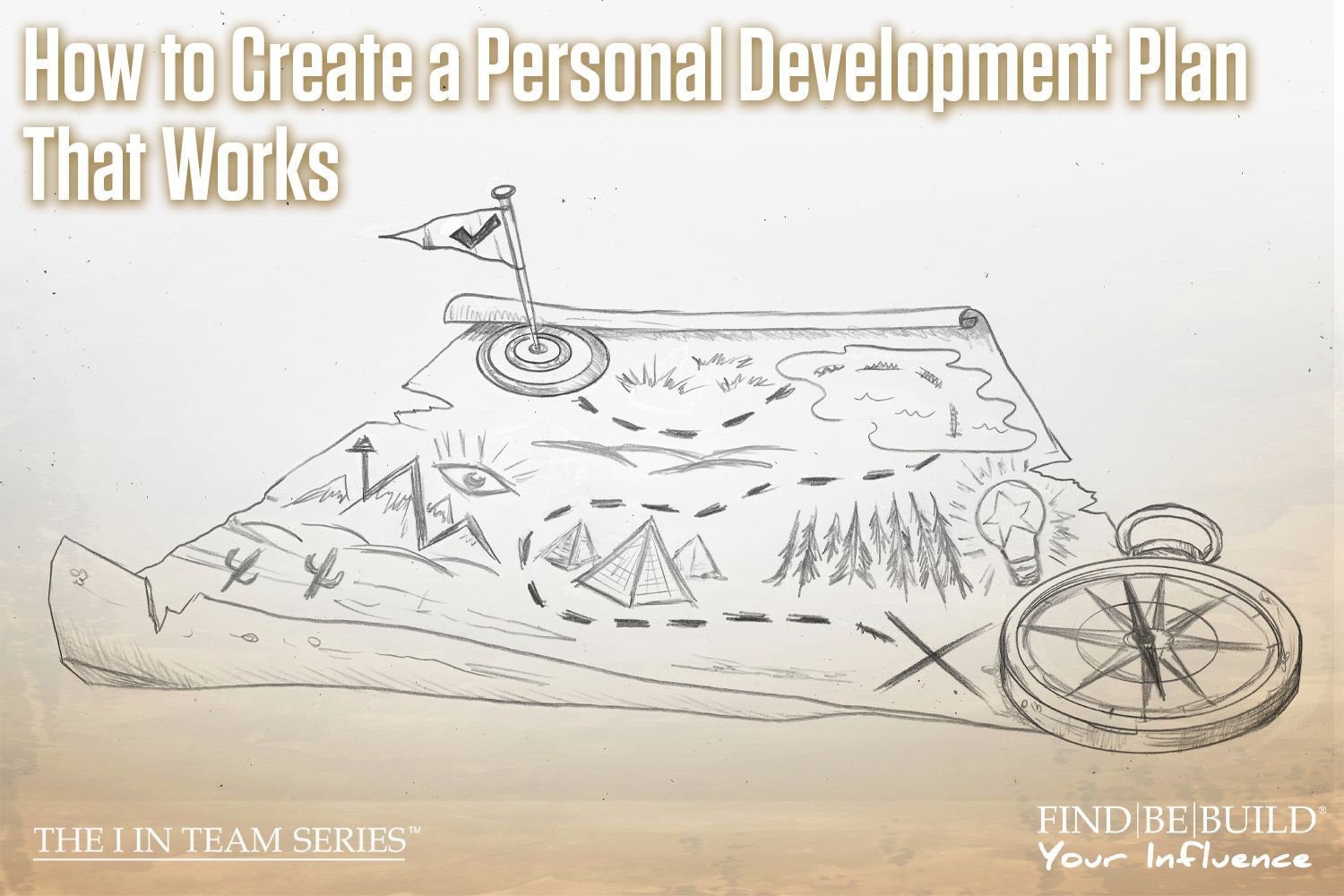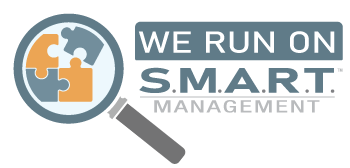Eliminating High Turnover: Part 1

Reducing employee turnover in consulting
High employee turnover is an issue as old as time throughout business. High turnover is not owned by a single industry; it is pervasive throughout businesses worldwide. Most high turnover businesses use the industry they are in to justify or excuse their employee retention issues. This only exacerbates the problem within the business and makes it more pervasive throughout the business community.
Good employees are not born that way, they are mentored by parents, teachers, co-workers, business managers, and owners. Show me someone with zero skill and a willingness to work and learn, I will show you someone I can turn into a long term employee at any company. Over the years I have owned all or part of 42 companies. These companies have ranged from professional services like information technology and, my biggest success, a management consulting firm to other more blue collar companies like an auto body shop, auto mechanic shop, and video rental store. In between these I have owned restaurants, a nightclub, a bowling center, a hotel, and many more. None of these companies ever had employee retention issues under our management. In fact, if you were to go to any of these companies today, you would meet most of the people I hired as they still work within one or more of the organizations we hired them into. Those that left chose to do so in order to better themselves as individuals, although many have returned to make us even better!
Good employees and low retention are made during the hiring process. How you identify work to be done by people is important. How you match people to that work is more important. How you introduce them about the work and your organization is most important during the hiring phase. The common denominator throughout this entire writing will be communication and understanding. Communicating the requirements and needs of the company to your current employees and the potential new employees is critical to building a solid employee base.
For example, how many of you work with the team (on a regular basis) that is getting a new employee? Do you actually spend more than 5-10 minutes a day or week with these people? Or do you just see the end result of their work? During the hiring process, how many of you include your team in choosing who will be joining them as a new employee?
The easy part of hiring is having a job description made. However, it’s often forgotten or thought of as a practice that does not actually matter. If you don’t have clear and concise job descriptions, that’s easy to fix. There are firms like IA Business Advisors that can help people create and publish effective job descriptions; if you don’t have them, get them done. This is where the communication is most clear, because it is written.
Similarly, you should have an employee manual. These are as easy as job descriptions and can be resolved quickly. However, make sure this manual is pertinent to your business and honest about what your standard rules are; people deserve to know and understand the rules in an organization.
Another key piece you need during the hiring process is a Functional Organization Chart (FOC). Our clients often ask why we want to identify where their people fit in the company. The FOC goes way beyond static position identification and reporting. The FOC identifies the functions each position is responsible for individually and as part of the overall team. Further, it can be enhanced to identify common stress points in an organization, from communication issues to personality issues. By knowing the functional organization at all times, business leaders and their teams can better prepare for issues they may face, together. Also, the FOC allows for proactive development of change that moves the company towards being more stable and effective.
However, I digress. Potential employees should be provided with a clear understanding of the role they will play, good and bad. If the position is particularly dirty or difficult, identify it as such. If you make a hard or challenging position sound easy and simple, you will attract the wrong type of candidate. To understand if the potential employee can handle such a position, give them a personality test, such as DiSC. This type of test not only identifies the potential employees personality type, but it also gives you the ability to see potential conflict with your already personality tested employees; conflict does not always mean they are not the right fit as some types of conflict can often times be rewarding.
Potential employees that make it through the initial process of reading about and understanding the expectations of the company trying to hire them have a much greater chance of being viable, long-term employees. At this point in time, think about the fact that pay has yet to be discussed and no people have been met other than a brief introduction to receive the documentation to be completed and read.
The next process is the interview process. Short and direct is the key to this interview and it should be by a supervisor or manager being asked to train or mentor the potential new employees. This person should be intimately familiar with the environment and functions to be completed by the potential employee. The use of a standard interview program is recommended to keep the interview on point and it should be timed, no more than 20 minutes. First impressions are important. If you have a receptionist that greets the potential employees, they should have a few items to complete as part of the process (as they often see things interviewers don’t see).
If after the first interview this person is still interested, then have them come back for a second interview. This interview can take on a number of looks. It can be technical and offer a test of certain skills needed. Or, it can be a deeper discussion about the person’s past or work history. Each second interview program is structured to meet your company objectives; hopefully the new employee is also asking questions, even menial labor employees should be doing this.
The final interview always should include the most senior employee in the company that this new employee may interact with on a regular basis. If that is the owner, then he or she should be involved during this part of this process. If it’s a larger company and the position is farther removed from management, it may be a supervisor or other managers. The interview package should be forwarded and, as with the first and second interview, the final interview should be tailored to meet company goals by sharing more information about the environment and asking questions relevant to being successful in it.
Once you have determined your candidate, it’s time to offer the position. Regardless of the position or the offer, it should be presented both verbally and in writing. However, before we offer the job, let’s talk about pay.
I always chuckle when a business owner tells me he cannot afford to pay his employees more and then learn that he has 100+% turnover each year in a certain area of the company. Pay is not the sole indicator of happy employees, but it does satisfy some of the key issues employees face. Employees have needs and they begin with food, shelter, safety, and security, and end with belonging, friendship, self-esteem, and self-fulfillment, to name a few. (Check out Maslow’s Hierarchy of Needs.) Underpaying employees violates every single one of these needs.
Sometimes, companies truly cannot afford to pay more; the owner is not taking a salary and the company is new or battling some unexpected financial issue. Often, the owner just does not understand the finances or believes that the position is just menial and does not deserve more than is being offered, without realizing the damage being done. Let me ask you, if you have one employee and they cost $104.00 more per week, would you lose your business? What do you spend weekly that could make this available?
Your compensation package should take into account the importance this position has in your company. If your business is in need of this position to create revenue, obviously it is a critical position. If this position interfaces in any way with customers, obviously it is a critical position. Stop believing that your managers and executives are the most important people; each company is made up of important people at all levels, you get the drift?
